On the eve of this year’s National Mod in Perth, the gathering is celebrating a milestone in its 130-year development.
It’s 30 years since Scotland’s festival of Gaelic culture was given the title of the Royal National Mod.
The regal title came in 1992, following the occasion of the centenary of organising body An Comunn Gàidhealach (ACG).
The foundation of ACG was on April 26 1891, celebrated in the Corran Halls, Oban.
A century later, ACG president Donald MacRitchie wrote to the late Queen Elizabeth to thank her, her mother, father and grandfather for their ‘public sympathy for the Association’s aims and objectives for the wellbeing of the Gaelic language.’
Queen was patron
Following in her father’s footsteps, the late Queen had become the Mod’s patron in 1953.
King George VI was patron from 1946-1953.
In 1992 came the Queen’s reply to the centenary letter, permitting the name change to the Royal National Mod, explains Allan Campbell, current president of ACG.
It’s not known yet if another member from the royal family will take on the late Queen’s patronage, but ACG nurtures quiet hopes.
King Charles’ interest in and commitment to Gaelic is undisputed, Allan says.
King’s Gaelic story
“There’s a Gaelic version of Charles’s book The Old Man of Lochnagar, and I believe he did voice some Gaelic on a Grampian TV programme.
“The King has been patron of the Gaelic college Sabhal Mor Ostaig in recent years.
“There’s no doubt that his enthusiasm for and interest in Gaelic is genuine and we value his interest and bringing this status to supporting the language and culture.”
King Charles, as Duke of Rothesay has attended many Mods in person including Dingwall, Stornoway and 2010 in Caithness.
At the gold medal ceremony at Thurso, Charles greeted the audience in Gaelic and ended with a traditional saying meaning “Up with the Gaelic” to cheers from the audience.
He said suggesting the language was not relevant to Caithness was wrong, and claimed the language belonged to the whole of Scotland.
Charles said: “I would suggest that Gaelic belongs to all of the communities in the nation whether or not they are actively involved in it.
“Gaelic belongs to all of Scotland and the language and culture will flourish or perish depending on what happens in Scotland alone.”
He added: “I would like to see the Gaelic language, for so long in retreat, acquire a new level of confidence and respect in 21st-Century Scotland.”
He said the language was used by tens of thousands of people in their daily lives, adding: “However much eroded, it remains the language of work and worship, of ceilidh and conversation and that is a crucial foundation on which we can build.”
On that occasion Charles was presented with a honorary membership of An Comunn Gàidhealach and joked that it would mean he had little excuse not to get a grasp of the language in case his membership was rescinded.
The Princess Royal is also no stranger to the Mod, attending in Lochaber in 1999, and Paisley in 2013.
In Paisley, she went to the Town Hall to hear the winners of the boys and girls silver medal competition sing and present them with their awards.
At the time, the late John Macleod, then ACG president, said: “There has always been a strong royal connection to the Royal National Mod with the Duke of Rothesay visiting Caithness in 2010, and the Princess Royal previously visiting when the Mod was at Lochaber in 1999. We are delighted she was able to visit us again.
“Paisley has welcomed us with open arms, and it’s been fantastic we were able to showcase to the Princess Royal some of the many talented young Gaelic singers, musicians, dancers and poets. All credit to the hard work of the parents and teachers of the children.”
Crowds of well-wishers lined the area between the Town Hall and Paisley Abbey to welcome Princess Anne on the official visit.
Prince Edward visited the Mod in Lochaber in 2007, where he delighted hundreds of competitors and Mod-goers during an hour-long tour to the Nevis Centre in Fort William.
There was a surprise for the prince when he bumped into a competitor who had been at Cambridge University with him.
Prince Edward beamed when he spotted Katharine Elwis from Tobermory who was with the Mull Gaelic Choir, along with her children Grace, Hamish and Robert.
After listening to songs in the traditional singing competition, he was treated to a recital by Coisir Og Lochabair (Lochaber Junior Choir).
Royal National Mod should be deemed ‘national treasure’
For Allan Campbell, the growth and success of the Mòd over its 130-year history has been so impressive and remarkable, that in his view it deserves the status of ‘national treasure’.
He said: “I’ve been focusing on this personally for the past five years, as the Mod is unique, the world’s biggest Scottish Gaelic language event, involving huge amounts of planning and thousands of volunteers.
“Think of the impact of Gaelic musicians and singers, so many grew out of the National Mod.
“For a small community in Scotland it’s punching well above its weight in terms of music and culture, and very good value for its half million in funding.
“Since we started economic impact assessments in general every Mod has brought between £2 million and £3m to the host area, and in Inverness in 2014 the figure was £3.75m.
“So we believe it is absolutely creditable for the Royal National Mod to gain the status of a national treasure.”
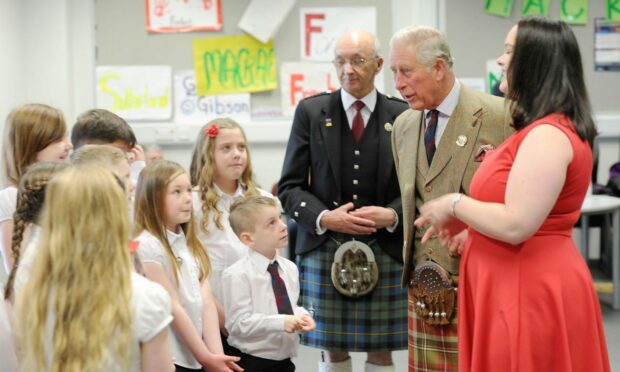
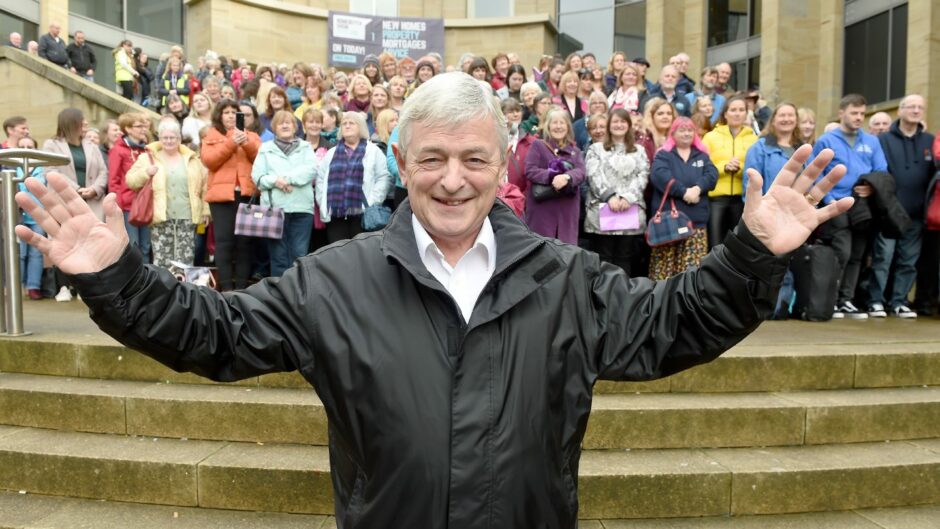
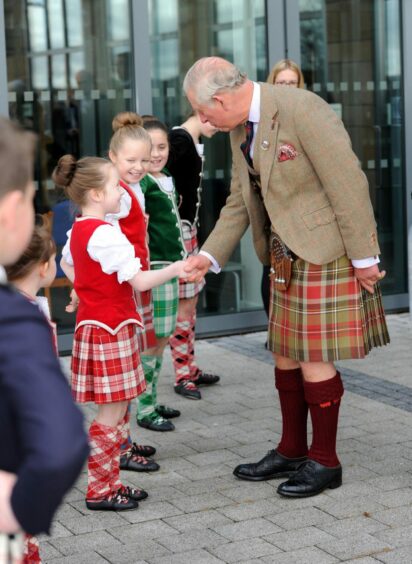
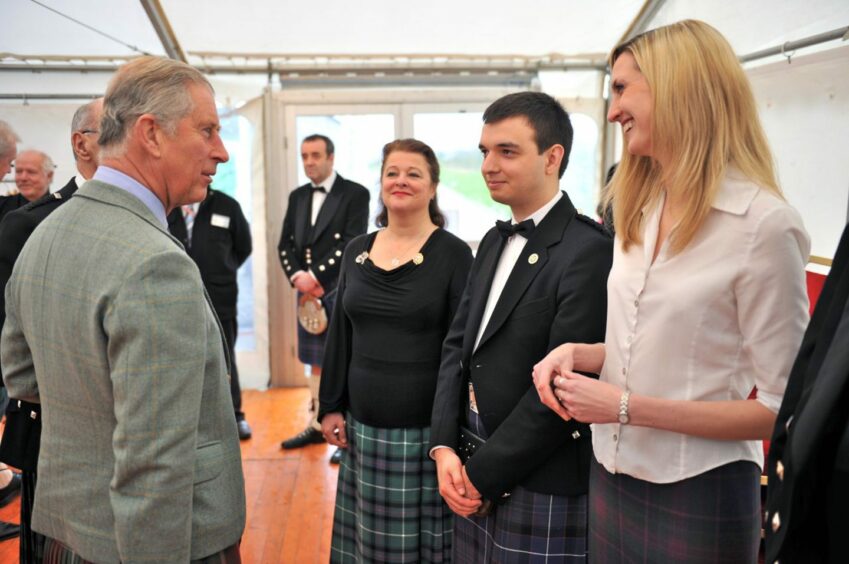

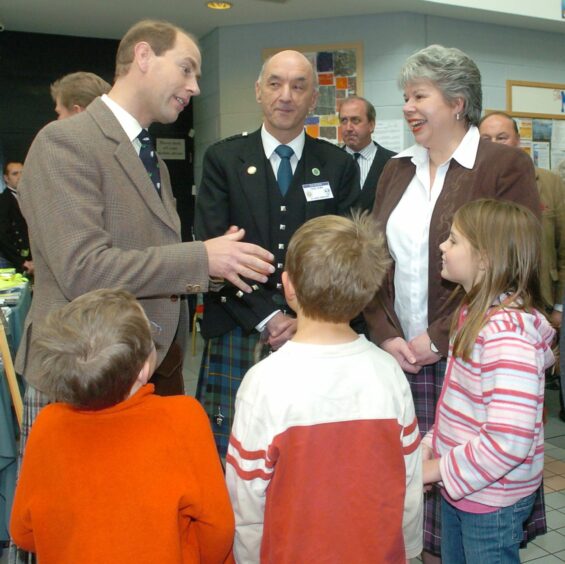

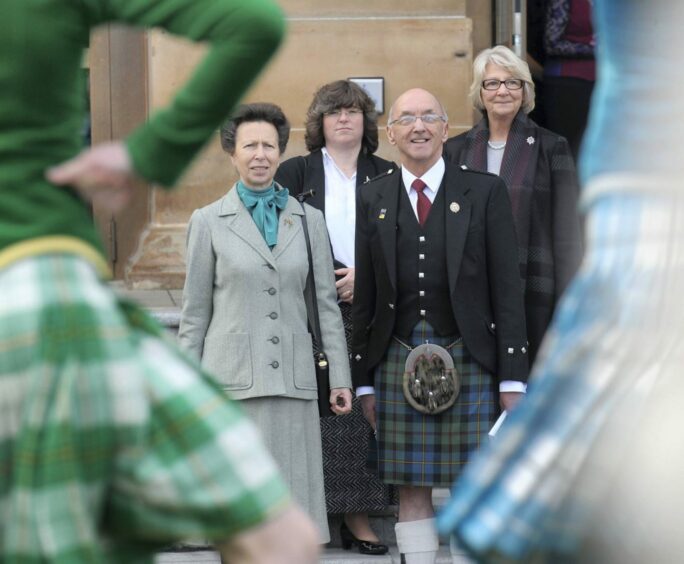
Conversation